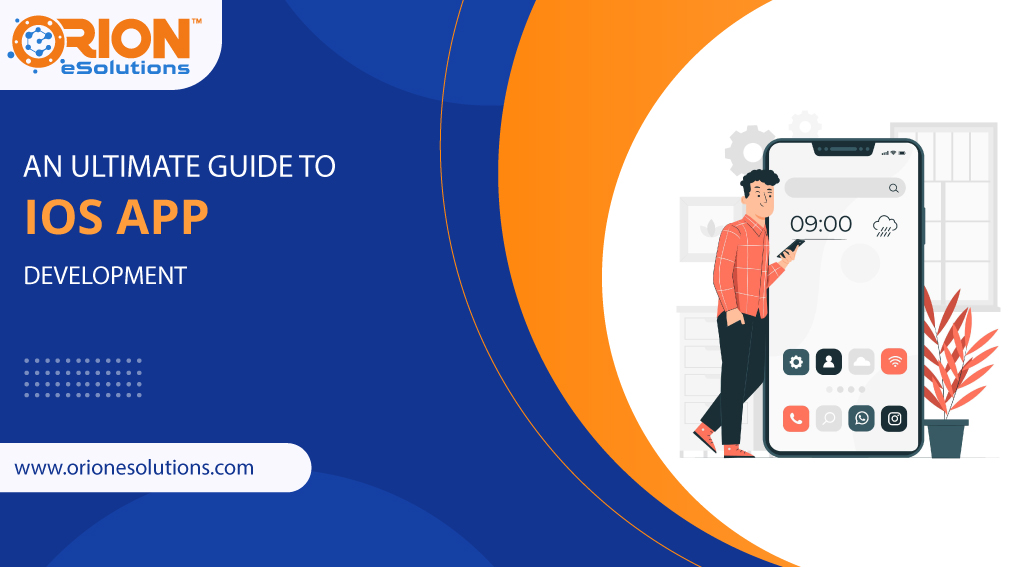With a lot of smartphone platforms available in the market, the toughest competition is between Android and iOS.
Where Android rules the global market of smartphones with 83%, iOS has better and more apps in the app store.
And just holding such a big share in the global smartphone market, doesn’t give Android all the benefits.
People still prefer iPhones!
But why?
Because, people love iOS apps and devices for their better performance, clean-simple UI design, and security.
So, here we are going to learn about all the phases of iOS app development.
1. Discovery phase
Any product development begins with an idea, hence the discovery phase is always the first phase. By collecting all the information and keeping in mind the objective, you will have a clear vision regarding what purpose your app is going to serve.
In this phase, one should always conduct extensive market research about all the information prevailing in the market regarding your app idea or project and then identify your audience.
2. Planning Phase
Goals: A specification document describes the business logic of the application, while a technical specification document describes the functionality and the features of the app.
Skills required: In-depth experience in iOS app development, and technical understanding and knowledge of what is better from the standpoint of coding/programming to bring out the expected functionality to the app.
3. Wireframe Phase
After the technical specification document is written; which means translating all the features of the app into the specification for the development team; then comes the time to create the wireframes.
Now, what are wireframes?
Wireframe is an informational blueprint of your app which acts as a roadmap for UX (User Experience). It actually gives an idea which part of the app will have what content. The real job of a wireframe is to integrate on User experience (UX) as well as User Interface (UI) design.
Goals: Decide and approve the natural information flow of your app and understanding the workings of the app from a user’s perspective. This is the next step of your technical specification document which actually describes how your app will become a reality.
Skills required: iOS app development, product management, and UX/UI expertise, deployment experience are needed.
4. Design & Architecture
4.1 Design:
In this phase, you will consider some other angles such as creating an interactive visual design and its working, the working of intuitive UI, and an engaging UX.
The designer will also be responsible for generating the prototype of designs for the development team. Then, the designed interactive icons, graphics, custom animations, etc would visually define your app.
The designer remains engaged in the development phase to fix the issues related to design during the development phase.
Goals: Create design-prototypes for the development team. Finalize the design system, patterns and the style guide used in the application.
Skills required: Knowledge of Adobe Creative Suite i.e. Photoshop, Illustrator, and custom animations with Flux or Pixate.
4.2 Software Architecture Planning:
Architecting an app is crucial and could prevent you from having to completely rewrite it when it needs to grow. This phase goes parallel with the design phase to achieve better functionality apps.
Goals: Create a plan for the software architecture for both- front-end and the back-end of the app. If you opt a software like a ‘backend as a service (BaaS),’ the integration is still required.
Skills required: For larger projects, a developer holding an experience in software architecture, back end and front end is required.
5. Front-end & Back-end Coding & Integration Phases
This phase is a complex phase as it includes many iterations, with a consistent loop of feedback between your developer and your designer along the way. Also, the architecture of front-end and back-end of the app is also built in a coordinated effort.
While the functionality of your app is created, its system architecture is getting built. The back-end server support software and the front-end interface are dependent on one another, with a lot of backtracking in the process.
For the front end, the main thing to decide is how your app’s functions come to life with code or its computing logic.
6. iOS Programming Languages
1.Objective-C:
Cocoa Touch (a UI framework used to develop iOS apps) is built on the Objective-C programming language, a superset of the C programming language with an added object-oriented programming layer.
2. Swift:
Apple’s newest programming language Swift was launched in 2014 and is quickly replacing Objective-C. It is easier to learn, simpler than Objective-C, and Apple claims it runs 2.6 times faster. Swift keeps up with modern hardware and is also faster on the coding end, shorter, more secure, and easier to maintain.
Goals: Code a fully-functional app that’s scalable and integrated to all the back-end software, database, mobile APIs, and other related infrastructure it needs to run. If you don’t have a scope to build a server-side infrastructure, you may opt to purchase a Backend as a Service (BaaS) software bundle.
These include an array of storage options and features, but you’ll still need a developer who understands back-end engineering to integrate all that into your app.
Also, writing unit tests and running integration testing are crucial steps in this phase.
Skills required: Experienced iOS app developers versed in both server-side and client-side coding, the app should have a responsive design, design patterns, APIs and MPIs.
A firm understanding of Apple’s software development kit (SDK), Cocoa Touch, Objective-C or Swift, Xcode, JavaScript, mobile APIs, CSS, server-side scripting, server administration, database administration, and integration are needed.
7. Testing Phase:
This phase is very crucial because it includes in-depth testing of quality assurance so that Apple’s submission and approval process becomes easy.
Also, during this phase, the developer will check the app in the ‘Simulator of Xcode,’ screen by screen, to make sure that there are no bugs and everything works flawlessly.
The app will be tested for functionality, load time and handling, and UX and later reviewing of any crash reports to locate fixes.
Debugging can be done in Xcode.
Goals: Ensuring the app runs well on all targeted devices without crashing, slowing down, or any bugs.
Skills required: An up-to-date knowledge of Apple’s latest submission requirements, cross-device testing, knowledge of security and privacy measures, and UX/UI expertise are needed.
8. Submitting the iOS App for Review
The submission process usually involves a few fixes and resubmissions, so it’s helpful to have a seasoned iOS developer who knows the ropes and what to expect.
Getting your app live and in the App Store takes a few steps:
· configuring the code
· creating a profile
· creating a listing
· submitting it through Xcode for certification.
Conclusion:
Note: No app can really be made fully functional or up-to-date because human needs change with time.
Developing an app is an ongoing process and they’re never really finished, even if you’re not adding new features to it.
There’s always a scope for maintenance, bug fixing, and updates that make developing an application a living project.
In case, you are looking out for great iOS app development team then, Orion eSolutions has a great reputation in the market. Check out their services.









